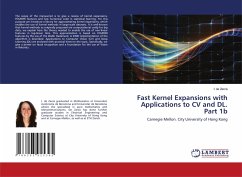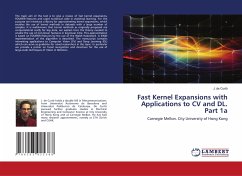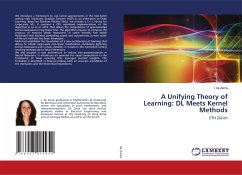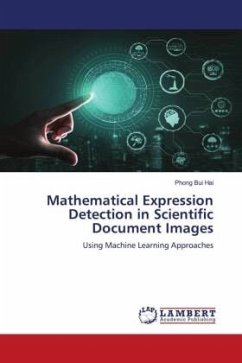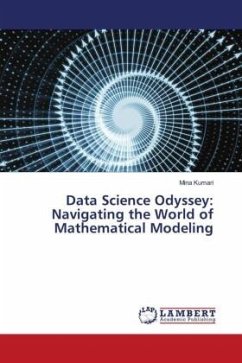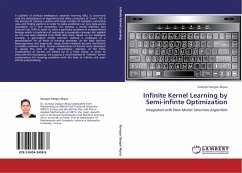The scope of the manuscript is to give a review of kernel expansions, FOURIER features and fast numerical code in statistical learning. For this purpose we introduce a library for approximating kernel expansions, which enables the use of kernel methods in large-scale datasets. It is well-known that kernel methods as originally proposed are computational costly for big data, we explain here the theory needed to enable the use of non-linear features in log-linear time. This approximation is based on FOURIER features by the use of the Walsh Hadamard. A SIMD implementation of the algorithm is described. Applications to Computer Vision (CV) and Deep Learning (DL) are enclosed with practical hints on the topic. Specifically, we give a primer on facial recognition and a foundation for the use of Vision in Robotics.
The scope of the manuscript is to give a review of kernel expansions, FOURIER features and fast numerical code in statistical learning. For this purpose we introduce a library for approximating kernel expansions, which enables the use of kernel methods in large-scale datasets. It is well-known that kernel methods as originally proposed are computational costly for big data, we explain here the theory needed to enable the use of non-linear features in log-linear time. This approximation is based on FOURIER features by the use of the Walsh Hadamard. A SIMD implementation of the algorithm is described. Applications to Computer Vision (CV) and Deep Learning (DL) are enclosed with practical hints on the topic. Specifically, we give a primer on facial recognition and a foundation for the use of Vision in Robotics.
The scope of the manuscript is to give a review of kernel expansions, FOURIER features and fast numerical code in statistical learning. For this purpose we introduce a library for approximating kernel expansions, which enables the use of kernel methods in large-scale datasets. It is well-known that kernel methods as originally proposed are computational costly for big data, we explain here the theory needed to enable the use of non-linear features in log-linear time. This approximation is based on FOURIER features by the use of the Walsh Hadamard. A SIMD implementation of the algorithm is described. Applications to Computer Vision (CV) and Deep Learning (DL) are enclosed with practical hints on the topic. Specifically, we give a primer on facial recognition and a foundation for the use of Vision in Robotics.

